Amid numerous investigations about its failed communication systems and inaccurate estimated time to restore power after Tropical Storm Isaias, PSEG LI is returning to an earlier version of outage software.

The utility, which is overseen by the Long Island Power Authority, is rolling back from version 6.7, which was installed earlier this year, to version 5.5, according to an email from LIPA in response to TBR News Media’s questions.
This is one of several steps PSEG, under LIPA’s supervision, is taking to address any future storms that might hit Long Island.
“LIPA is currently conducting an end-to-end review to understand the root causes of the communications and restoration systems issues, including the outage management system and the various feeder systems,” LIPA representatives explained in its email.
The power authority also indicated that it was closely overseeing PSEG’s immediate, corrective actions through daily calls and reports and an independent review of system modifications and testing.
LIPA and Electeds Conduct Reviews
LIPA is planning to issue 30, 90, and 180-day reports to the LIPA Board of Trustees and the public.
The reviews include an evaluation of pre-storm readiness of the telecommunication systems, a root causes analysis of unprocessed calls and text message, and review of the design and implementation of outage management and restoration systems and processes and actionable recommendations on storm preparedness, system and management controls and approaches to increasing system reliability and performance.
“It’s good that they’re doing an outside report … It’s not going to help us now.”
– Jim Gaughran
While State Sen. Jim Gaughran (D-Northport) welcomed the review, his primary concern, he said, was whether the utility was prepared for the next storm, particularly in the immediate aftermath of Hurricane Laura, which devastated parts of Louisiana.
“It’s good that they’re doing an outside report,” Gaughran said in an interview. “It’s not going to help us now. This is a crisis situation and you would think that they would have an emergency task force… that would come up with changes and implement them” within days of the response to a storm that knocked out power for more than a week to parts of Long Island.
PSEG said in an emailed statement that the company is “working diligently to be prepared for the next major weather event and ensure that our response to Tropical Storm Isaias was an anomaly.”
The utility company indicated it had made configuration and capacity changes to the phone system, rolled back the outage management system to a more “stable” version and put “processes in place to continuously monitor our IT systems for capacity and bottleneck issues.”
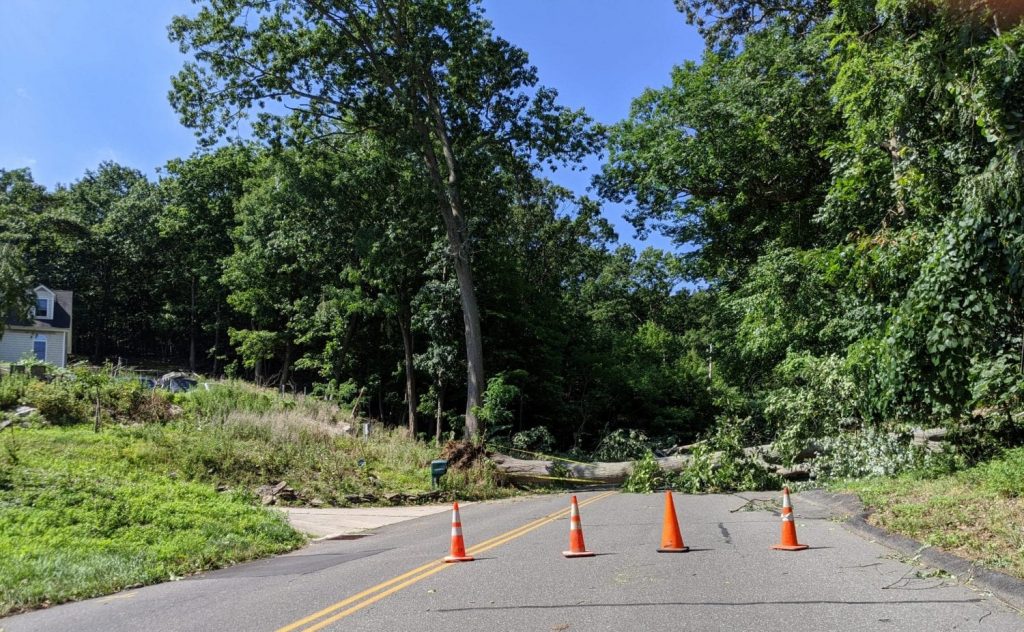
While New York State Attorney General Letitia James is conducting her own investigation into the company’s response to the storm, LIPA indicated that the Department of Financial Services, in cooperation with the Department of Public Service, was also participating in a review.
The involvement in the DFS is “good,” said Gaughran, who has been a consistent critic of both LIPA and PSEG even before Tropical Storm Isaias. “The more the merrier.”
One of the questions Gaughran and other representatives asked about LIPA’s oversight of PSEG LI related to the timing and effectiveness of the most recent stress test. In response to a letter Gaughran and Assemblyman Fred Thiele, Jr. (D-Sag Harbor) sent to LIPA, CEO Thomas Falcone indicated that the outage management system was most recently stress tested in June of this year.
“Part of LIPA’s review includes the stress-testing procedures used in the past and improvements for the future,” Falcone said in his response.
Cost of the Cleanup
Senator Gaughran and Assemblyman Thiele said they are also focused on the source of any reimbursement the company receives in connection with costs related to the storm.
Long Island rate payers “shouldn’t be paying for the cost of out-of-town crews sitting around waiting to do work and not doing work because the management failed to communicate,” Gaughran said. The costs of bringing in those crews from out of state and feeding and housing them should be shared by shareholders of PSEG, Gaughran contended.
“I believe shareholders have to be responsible for at least any portion of the additional costs related to their incompetence and failure in dealing with the communication system,” he said. Had the communication system worked as it should, the time to restore power might have been cut down dramatically, Gaughran argued.
“LIPA retains a third-party auditor for storm recovery costs where federal funds are involved, as will likely be the case for Isaias,” Falcone said in the letter.
LIPA estimates that the cost of restoration, which involved over 6,000 personnel, was over $350 million, with $260 million eligible for FEMA reimbursement. The main driver of the costs, Falcone said in his letter, was the extensive damage to the electric grid, which occurred at over 20,000 locations.
Reiterating sentiments he shared during a virtual joint hearing of the New York State Senate and Assembly, Falcone said the system PSEG LI designed and implemented did “not meet the standards of our contract. LIPA retains all of its contractual rights and remedies and will pursue the appropriate course of action after the conclusion of the various investigations.”
“LIPA retains a third-party auditor for storm recovery costs where federal funds are involved, as will likely be the case for Isaias.”
Thomas Falcone
Gaughran said he would consider Falcone’s response to his letter and would likely respond with additional questions that address additional concerns.
“There are a lot of issues I hope” LIPA addresses, the state senator said, including why the company didn’t contract with workers from National Grid, who were already on Long Island.
“You had Long Islanders ready to work,” Gaughran said. “They could have been put into operation immediately.”
Gaughran doesn’t necessarily think LIPA needs to revoke its contract with PSEG LI. Rather, he wants to “get a system so the lights can go back on at a reasonable time.”
Ultimately, the state Senator believes the way LIPA oversees PSEG LI may not provide sufficient reassurance for residential and business customers.
Ultimately, Gaughran would like the legislature to revisit the structure of the agreement between LIPA and PSEG LI.
“This structure isn’t working,” Gaughran said.

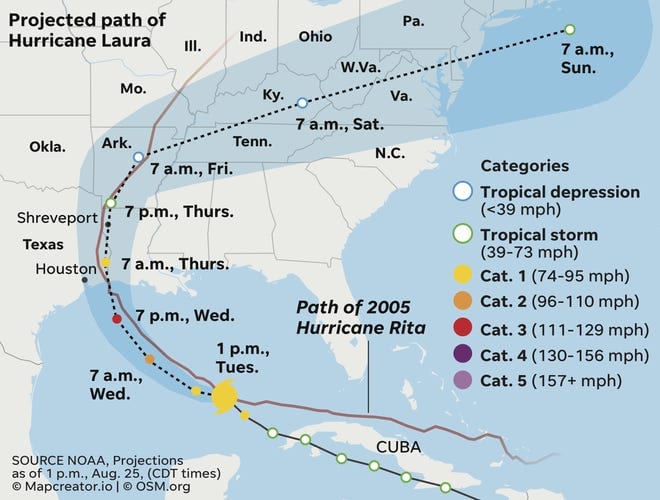


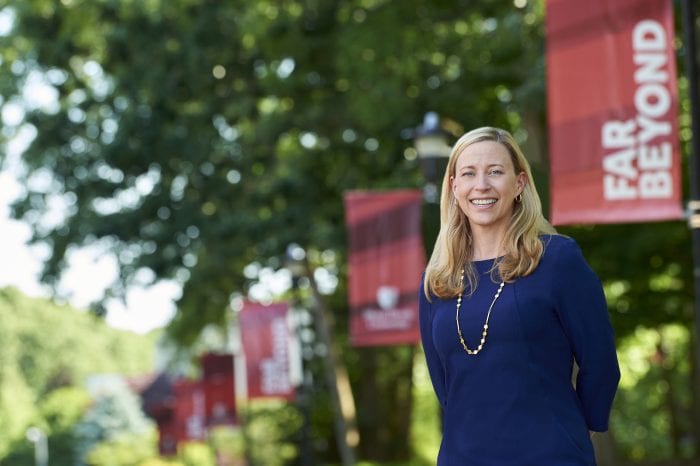
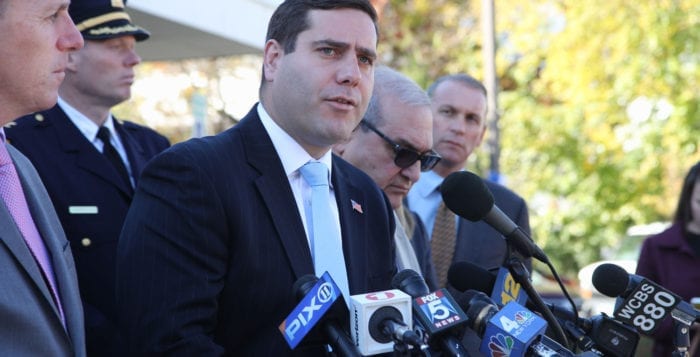
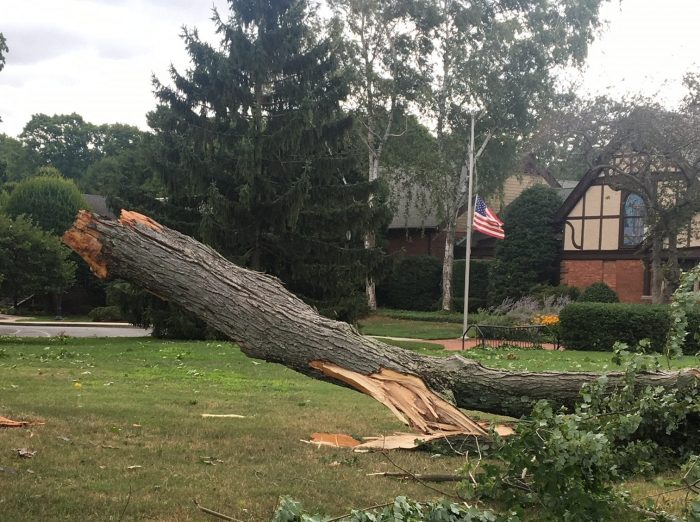
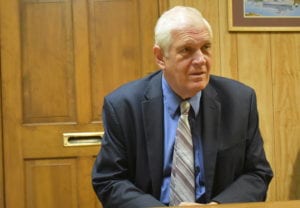
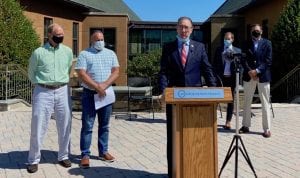





 We are grateful to Bank of America as our Coloring Book partner, to all the artists that contributed a beautiful gallery of sketches and to our coloring contest participants who submitted beautifully colored drawings as well as our voters. Look for the winner’s colored masterpieces in select Bank of America branches. To see the rest of the contestant’s entries, visit our TBR Facebook page: facebook.com/tbrnewsmedia and check out the photo galleries.
We are grateful to Bank of America as our Coloring Book partner, to all the artists that contributed a beautiful gallery of sketches and to our coloring contest participants who submitted beautifully colored drawings as well as our voters. Look for the winner’s colored masterpieces in select Bank of America branches. To see the rest of the contestant’s entries, visit our TBR Facebook page: facebook.com/tbrnewsmedia and check out the photo galleries. COLORIST
COLORIST 

 COLORIST
COLORIST Winner:
Winner: COLORIST
COLORIST  ‘A Song of Spring’
‘A Song of Spring’ COLORIST
COLORIST 



